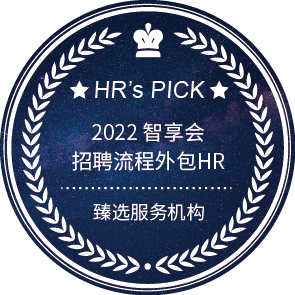We are thrilled to announce Hudson RPO China Team has been recognised in HR Excellence China’s (HREC) 2022 China Recruiting & Staffing Solution Provider Value Award. This prestigious award was evaluated by 411 HR professionals from 20 different industries and across both multi-national and local companies.
The Hudson RPO China team stood out in its evaluation for market awareness: 40.15% compared to a 30.43% market average. And most importantly for the number of existing clients who would recommend Hudson RPO to others; our China team scored 100% compared to a 79.18% market average.

Susan Fan, Country Director, China for Hudson RPO says,
“We are incredibly proud and honoured to be recognised by HREC with this award for RPO excellence. We have an exceptional team here in China who are viewed by our clients as their trusted partners and advisors. We strive to develop tailored talent solutions that support our client’s strategic growth initiatives, and deliver high-quality talent through a superior experience for candidates and hiring managers.”

About Hudson RPO
Hudson Global, Inc. is a leading global talent solutions provider listed on the NASDAQ. Operating under the brand name Hudson RPO we have delivered innovative, customised recruitment outsourcing solutions in the APAC region for more than 35 years. We provide solutions across all categories of talent – internal, permanent, fixed term contract and temporary. Through our consultative “trusted advisor” approach, we develop tailored talent solutions, designed to meet our clients’ strategic growth initiatives and deliver quality and value.
About HREC
Human Resource Excellence China (HREC) is a high-end, professional, and influential membership organization for professionals in the field of human resources in China. There are more than 3,800 companies joining HREC as corporate members. Among China’s Fortune 500 and Forbes Global 2000, more than 90% of them are members of HREC.
















